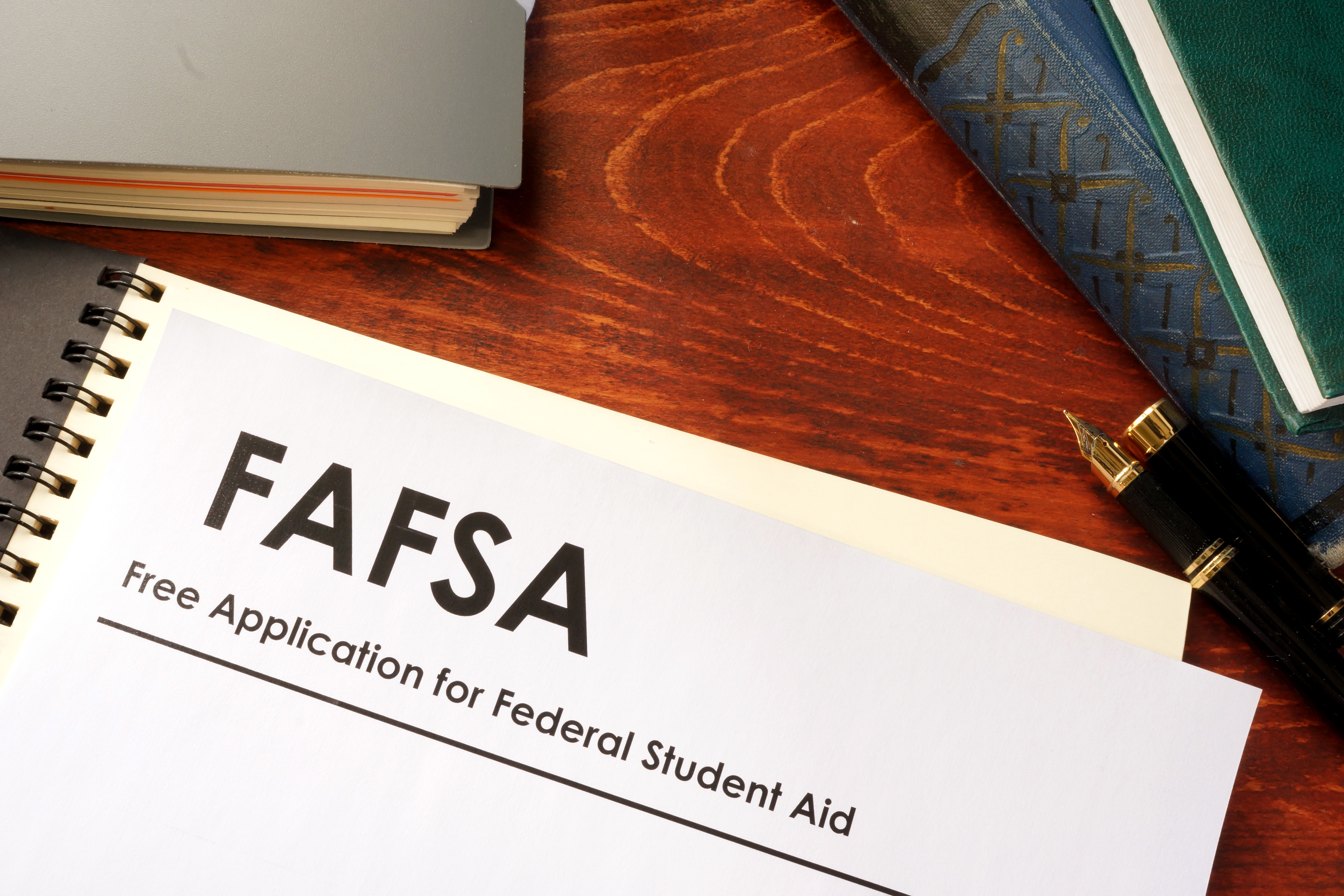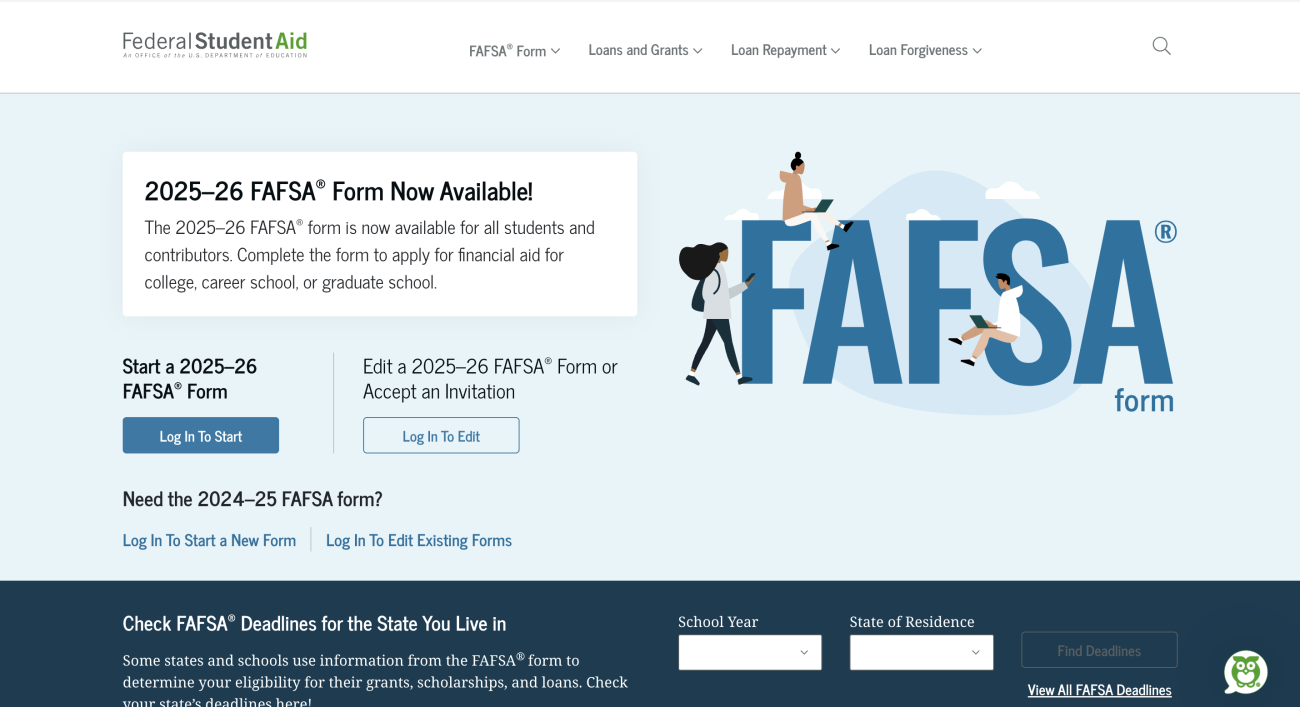News
These FAFSA mistakes can negatively affect your financial aid

This article originally appeared on CNBC. Read the whole article here.
KEY POINTS
- Students can begin applying for the Free Application for Federal Student Aid starting on Oct. 1
- Common mistakes include choosing not to apply, dragging out the process and inputting the wrong data
- High school graduates in 2017 missed out on $2.3 billion in federal grants because they didn’t fill out the FAFSA at all, according to personal finance website NerdWallet.
In just a week, it’ll be time to apply for college financial aid.
Oct. 1 marks the first day for students and their families to apply for grants and other aid for the 2020-21 school year through the Free Application for Federal Student Aid.
More than 18 million applicants filled out the FAFSA form during the 2017-2018 season, according to the U.S. Department of Education.
Students should submit the paperwork as accurately and as early as possible. “If you apply for aid later, you might miss that priority deadline,” said Mark Kantrowitz, publisher of SavingforCollege.com.
Avoid these three mistakes, each of which could lead to higher costs for higher education.
1. Not applying
One of the worst mistakes students and families can make is not applying via the FAFSA, said Todd Weaver, treasurer of the Higher Education Consultants Association.
Families erroneously believe that if they fall into a certain income bracket, they’re ineligible to receive aid, he said.
In reality, each family’s financial situation is judged on an individual basis.
“It really depends on so many parts,” he said. “I’d like to see parents and children apply no matter what,” said Todd Weaver, treasurer, Higher Education Consultants Association.
In one case, Weaver said he consulted with a family with annual income over $355,000. They were still eligible for aid because they had three children attending college at the same time.
During the 2017-2018 school year, the average amount of aid for each full-time equivalent student was $14,796, according to the College Board. Of that amount, grant aid accounted for $8,974.
High school graduates in 2017 missed out on $2.3 billion in federal grants because they didn’t fill out the FAFSA at all, according to an analysis by personal finance website NerdWallet.
2. Procrastinating on paperwork
If you’re searching for state financial aid, you’ll also need to file the FAFSA in a timely fashion.
That’s because state aid is finite. “There are over a dozen states where it’s on a first-come, first-served basis until it runs out,” said Kantrowitz — Alaska, Illinois, Indiana, Kentucky, Nevada, North Carolina, North Dakota, Oklahoma, Oregon, South Carolina, Tennessee, Utah, Vermont and Washington.
Those states have a fixed allocation of funding that’s available until it’s depleted, which means if you’re late on your FAFSA, you may have to settle for loans instead of grants, Kantrowitz said.
3. Making data errors
Avoid these common errors as you fill out the FAFSA:
- Including retirement assets in calculations. Money you hold in a 401(k) or an individual retirement account aren’t considered assets on the FAFSA. Insurance policies, annuities and home equity are also excluded from consideration.
- Confusing the parent and student sections. Parents may inadvertently put down their own information in the FAFSA section that’s designated for the student.
- Using a nickname, rather than a legal name. Applicants are required to use their legal name, not their nickname.
Cut down on application mistakes by using the IRS data retrieval tool, which electronically populates your FAFSA with your federal tax return data.
Give yourself time to apply for an FSA ID — a user name and password that you’ll need to fill out the the form — as it can take up to three days to receive, said Lisa Bleich, founder and president of College Bound Mentor.
More from Personal Finance:
How much advisors should invest in alternatives to make a difference
Schools could do more to help college students who are parents
Where the 2020 Democratic candidates stand on student debt
Above all, keep your cool.
Here are some other common mistakes to avoid: not completing the entire FAFSA form; not using the correct website; not filing the FAFSA form by the deadline; not using your FSA ID to start the FAFSA form; and not reporting all required information.
“Take a deep breath and know that people go through this every year,” said Weaver. “It’s not as challenging as people make it out to be.”
BACK TO ALL NEWS


